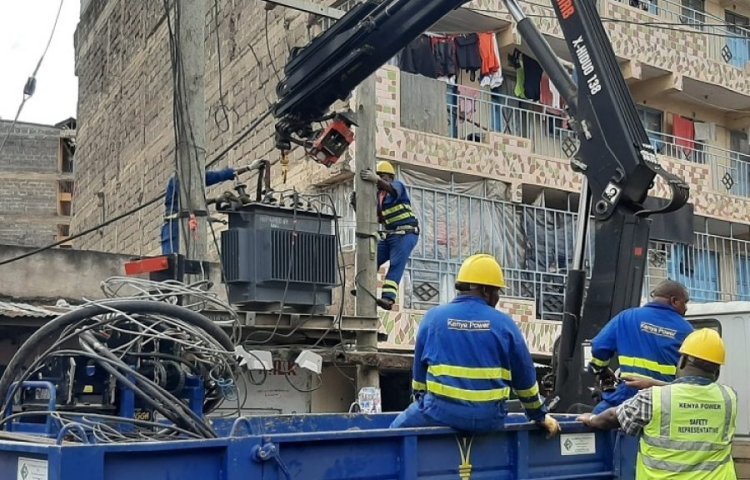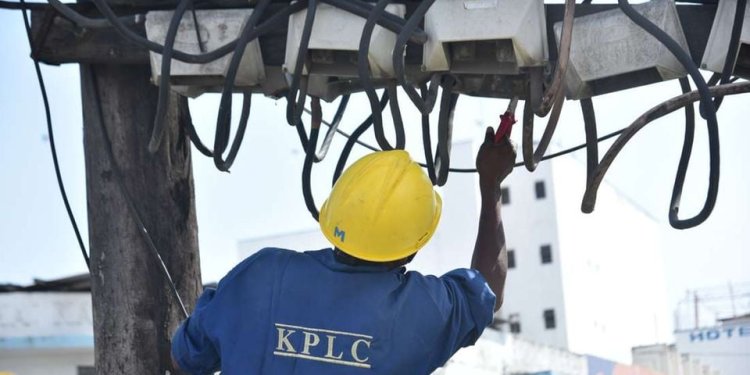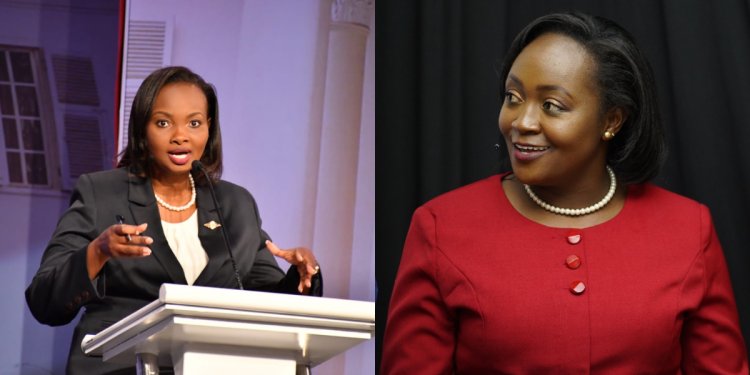Kenya Power Explains Countrywide Blackout
Some of the parts affected include Nairobi, Mombasa, Nakuru, Busia among others.

The Kenya Power and Lighting Company (KPLC) has issued a statement after a power outage was reported in some parts of the country.
Responding to a number of complaints from Kenyans on Wednesday, November 2, KPLC explained that there was a technical hitch and that its team of engineers were working to have the issue resolved.
"Hello, there is a technical fault and our teams are aware. Any inconvenience caused is highly regretted. We strive to have the issue resolved as soon as possible," the response read in part.
Some of the parts affected include Nairobi, Mombasa, Nakuru, Busia among others.

A Kenya Power employee carries out repairs on Haile Selassie Road, Mombasa. /DAILY NATION
"At 11.09 am this morning, we lost power supply due to a system disturbance, affecting parts of Nairobi, Coast and Mt Kenya regions. We are working in collaboration with other sector players to restore the power supply as soon as possible.
"An update on the restoration progress will be issued in due course. We apologise to our customers for the inconvenience caused," the monopoly power supplier added.
The power disruption also affected critical services including inside a shopping mall along Thika Road whereby a lift with occupants was stuck, according to shoppers who told Viral Tea.
Normalcy was restored by the time of publication after the outage lasted almost an hour.
A nationwide blackout occurred during the presidential debate on Tuesday evening, July 26 which left a number of Kenyans in the dark while following the highly anticipated debate attended by President William Ruto alone.
The utility firm at the time explained that a system disturbance at one of its high-voltage power lines affected several power circuits, thus affecting power generation between the Muhoroni Gas turbine station and the Turkwell hydropower station.
This triggered the blackout, which almost lasted an hour when Kenya Power's engineers stepped in to rectify the issue and restore the power supply.
"The shortfall caused power outages in parts of Western, South Nyanza, North Rift, Central Rift and Nairobi North. Our system engineers immediately commenced restoration works and normalised power to all areas by 9.07 pm," Kenya Power stated, further apologising to Kenyans for the inconveniences.
The ensuing blackout saw Kenyans resort to tuning into the debate on YouTube, with some local media houses, according to independent spot checks, having over 200,000 people watching the proceedings of the debate through their respective channels.
A recent survey by the Media Council of Kenya (MCK) revealed that 34 million Kenyans watched the deputy presidential debate that took place on Tuesday, July 19.
Out of the 34 million, that is 82 per cent of the country's population, 70 per cent watched the second session of the debate, which featured Azimio la Umoja coalition presidential running mate, Martha Karua against the United Democratic Alliance (UDA) presidential running mate, Rigathi Gachagua.
Five per cent of Kenyans however watched the first session of the debate featuring Justina Wamae of the Roots Party against Ruth Mucheru of the Agano party. 30 per cent watched both debates, with 18.5 million of those who followed the debates being registered voters.

Justina Wamae vs Ruth Mucheru Mutua during the Deputy Presidential Debate. /VIRALTEAKE






